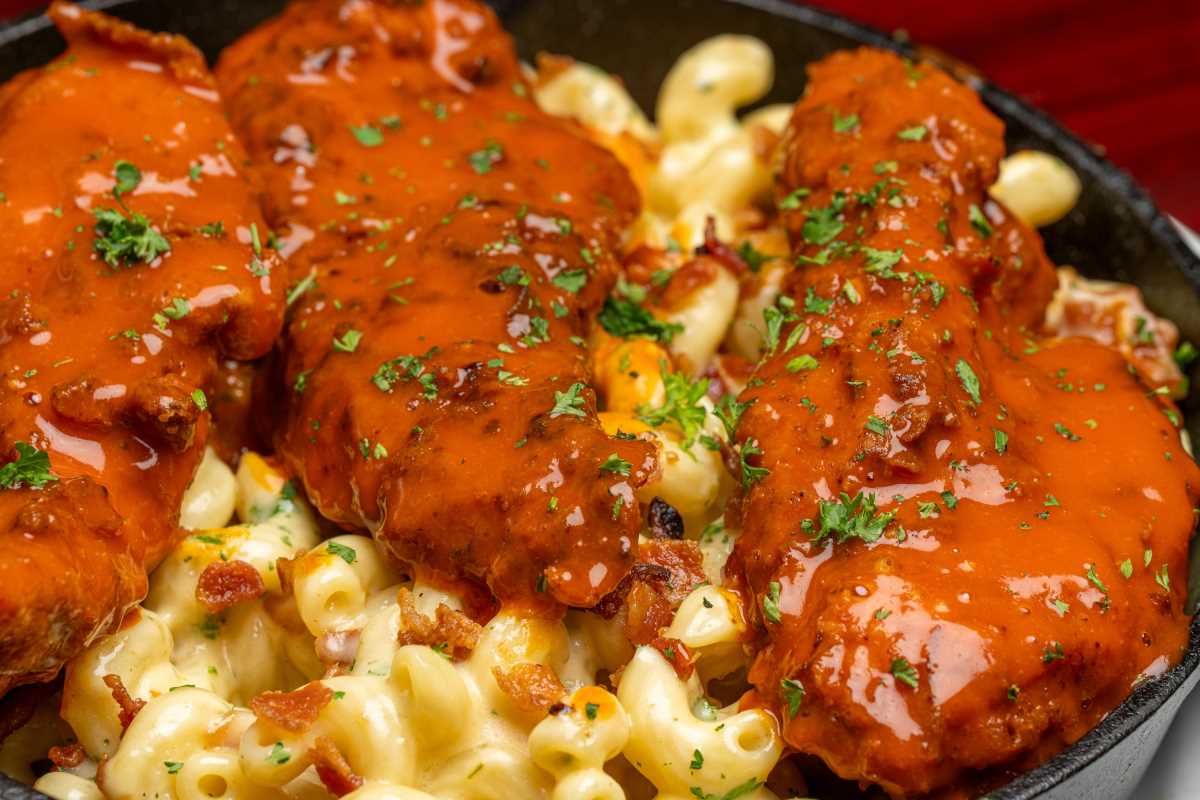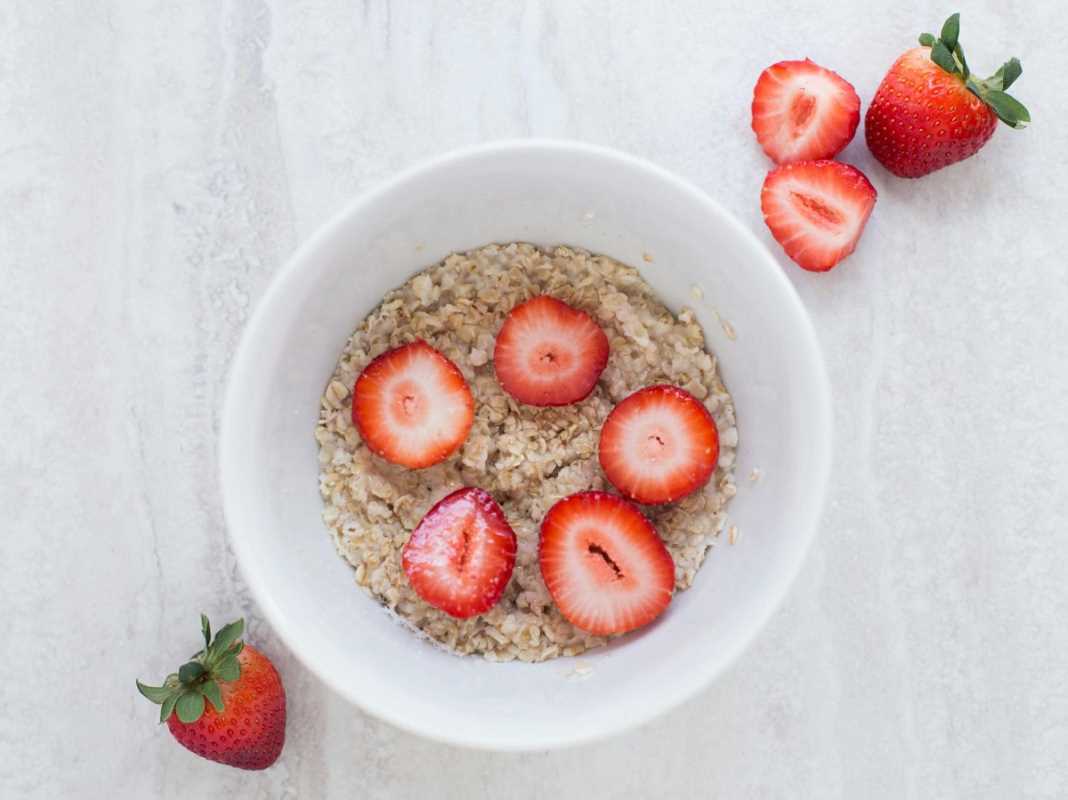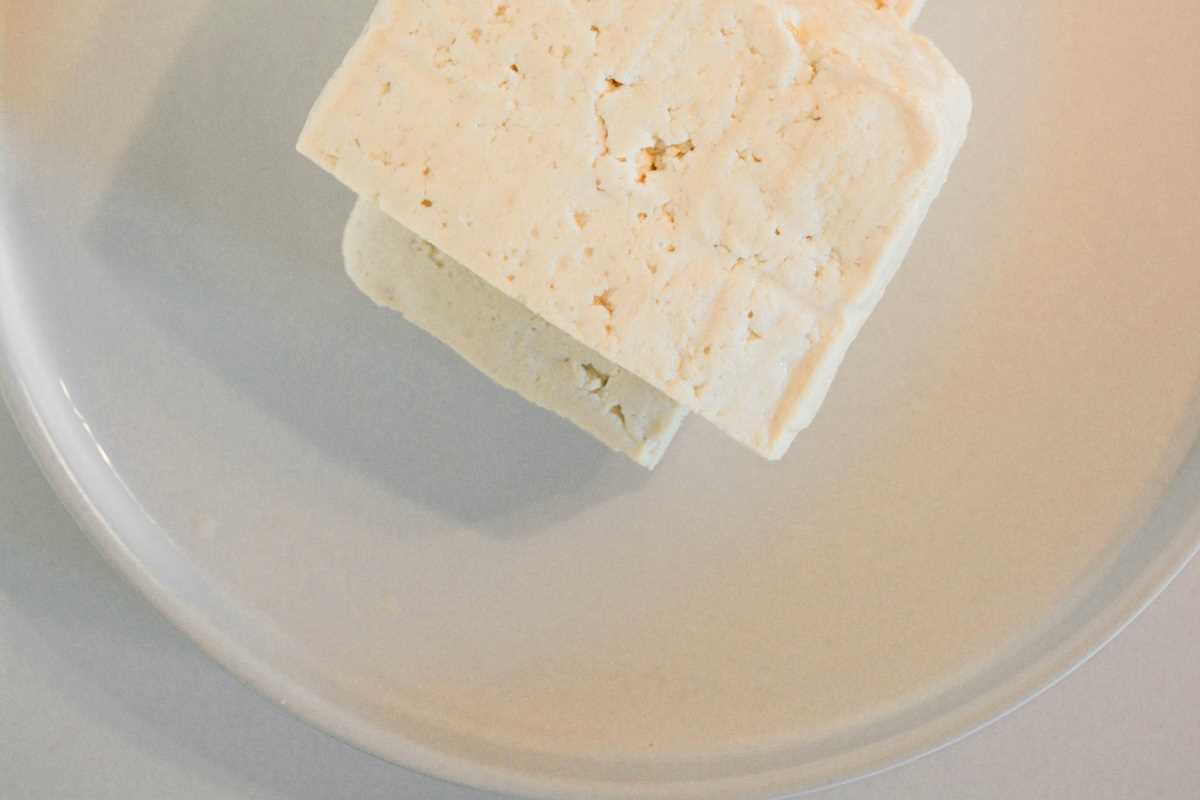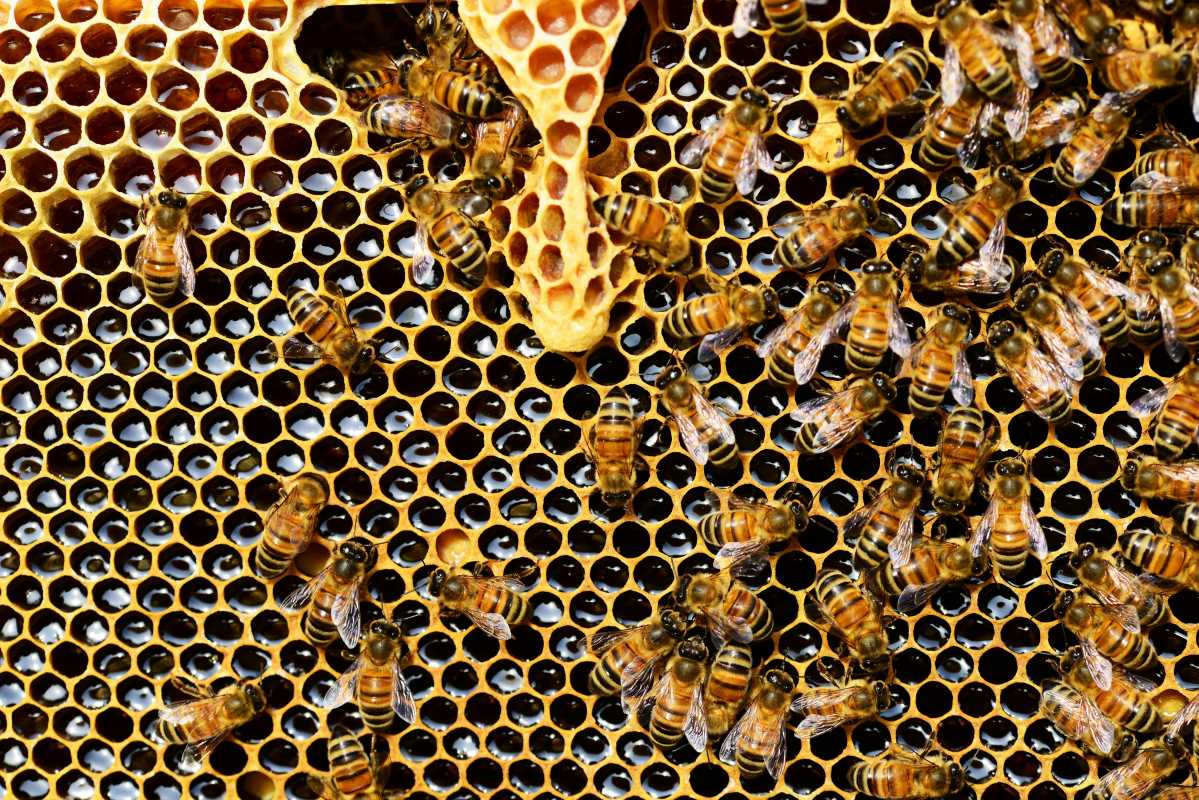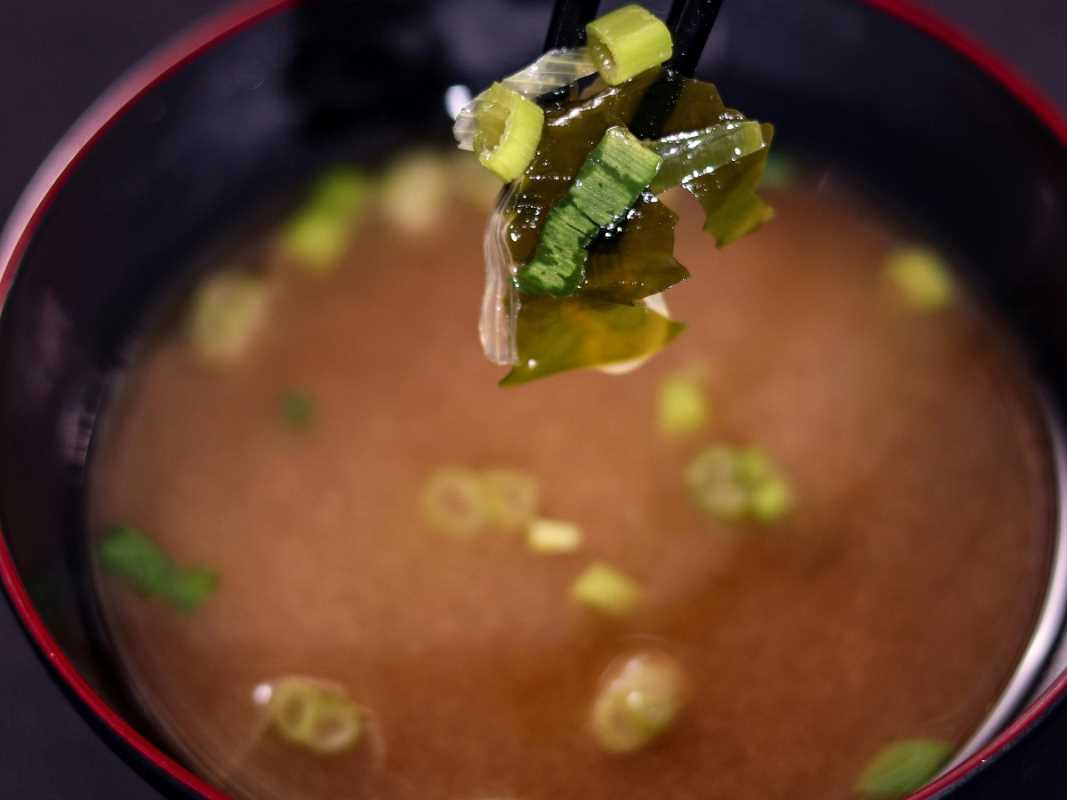For many, veganism is shrouded in mystery, peppered with skepticism, and riddled with myths. People picture platefuls of lettuce, a life of sacrifice, or costly trips to boutique grocery stores. But how much of this skepticism is grounded in fact? Not much. Let's tackle the most common myths about vegan diets one by one and uncover the truth behind this lifestyle.
Myth #1: Vegans Don’t Get Enough Protein
"Where do you get your protein?" is perhaps the most popular question vegans hear. It stems from the false assumption that protein is only available in meat, eggs, and dairy. Here’s what many don’t realize: protein is in most foods, and plant-based options often pack a serious punch.
Take legumes, for instance. Lentils, chickpeas, black beans, and soybeans are all high in protein. One cup of cooked lentils delivers about 18 grams, which is nearly 40% of the daily recommended protein intake for an average adult. Add tofu, tempeh, or seitan to your meals, and protein concerns quickly vanish.
Even grains like quinoa, buckwheat, and whole wheat contribute to your protein intake. Throw in nuts, seeds, and even vegetables like spinach and broccoli, and you have a well-rounded diet packed with this essential nutrient.
Want proof that vegans aren’t protein-deficient? Just look at vegan athletes like NFL player Derrick Morgan or champion tennis pro Venus Williams. If they’re thriving, you can rest easy knowing your plant-based meals will more than suffice.
Myth #2: Vegan Diets Are Expensive
This myth likely comes from seeing high-priced vegan products on store shelves. While it’s true that vegan specialty items like artisan cheeses or pre-packaged faux meats can cost more, they’re not necessary to maintain a healthy vegan diet.
The foundation of vegan eating relies on some of the most affordable foods available. Staples like beans, rice, oats, potatoes, and frozen vegetables cost very little per serving. Preparing these items at home means saving even more. A filling vegan meal, like black bean chili or stir-fried vegetables with tofu, can cost just a few dollars to make.
For those concerned about making veganism budget-friendly, consider these tips:
- Buy in bulk for grains, legumes, and nuts.
- Plan meals in advance to avoid wasting food.
- Shop locally at farmers’ markets for in-season produce.
Eating vegan is as cost-effective as you make it. It doesn’t have to involve pricey health stores or trendy faux-meat brands.
Myth #3: Vegan Food Is Boring
Some people imagine a vegan diet consists solely of salads and bland bowls of steamed vegetables. Nothing could be further from the truth! Vegan cuisine offers variety and indulgence that will surprise even the toughest critics.
Take global cuisines, for example. Indian curries loaded with spices, Mexican dishes featuring beans and guacamole, or Italian pasta with a creamy cashew Alfredo sauce are all naturally vegan or easily adaptable. The diversity in plant-based cooking is vast, and flavor is by no means sacrificed.
Additionally, creativity is central to vegan recipes. Dishes like jackfruit tacos, cauliflower wings, or a rich chocolate avocado mousse demonstrate how imaginative vegan cooking can be. Even classic comfort food gets a vegan makeover—from mac and cheese with cashew cream to plant-based burgers so hearty you'd never miss the meat.
The truth is, vegan food can be as bland or as exciting as any other diet. With the right spices and techniques, there’s no shortage of flavor-packed vegan meals to explore.
Myth #4: It’s Hard to Get All the Nutrients on a Vegan Diet
One of the most persistent myths about veganism is the assumption that it’s nutritionally incomplete. Critics argue that a lack of animal products leads to deficiencies in key nutrients like vitamin B12, iron, or calcium. The truth? A well-planned vegan diet provides everything your body needs.
- Vitamin B12: While it’s true that natural B12 is absent in plant foods, fortified products like plant-based milks, cereals, and nutritional yeast provide an easy fix. A simple B12 supplement ensures you meet your daily needs.
- Iron: Lentils, tofu, spinach, and pumpkin seeds are excellent sources of iron. Combining them with vitamin C-rich foods (like bell peppers or citrus fruits) boosts iron absorption.
- Calcium: Non-dairy milks, fortified juices, kale, broccoli, and tofu made with calcium sulfate provide plenty of this essential mineral.
Balance is key, as with any diet. Plant-based eaters who consume a variety of whole foods, especially fortified items, will meet their nutritional requirements just as omnivores do. Plus, apps or trackers can help ensure a well-rounded diet.
Myth #5: Veganism Doesn’t Keep You Full
Contrary to the idea that vegan meals leave you hungry, plant-based diets are loaded with fiber, healthy fats, and plant proteins that keep you satisfied. Fiber, abundant in fruits, vegetables, legumes, and grains, slows digestion and stabilizes blood sugar, leading to longer-lasting fullness.
Meals like hearty lentil stews, protein-packed Buddha bowls, or avocado toast on whole-grain bread pack a satisfying punch. The balance of macronutrients in these dishes keeps hunger at bay.
Examples of filling vegan meals include:
- Overnight oats with almond butter and fresh fruit
- Sweet potato and black bean chili
- A quinoa salad with roasted vegetables, chickpeas, and tahini dressing
Far from leaving you hungry, these meals prove that veganism can fuel your day just as effectively as a traditional diet.
At the root of most vegan myths lies misinformation. Whether it’s concerns about protein or the false assumption that veganism is expensive, inconvenient, or nutritionally insufficient, the evidence overwhelmingly says otherwise. Vegan diets can be affordable, satisfying, nutritionally complete, and downright delicious.
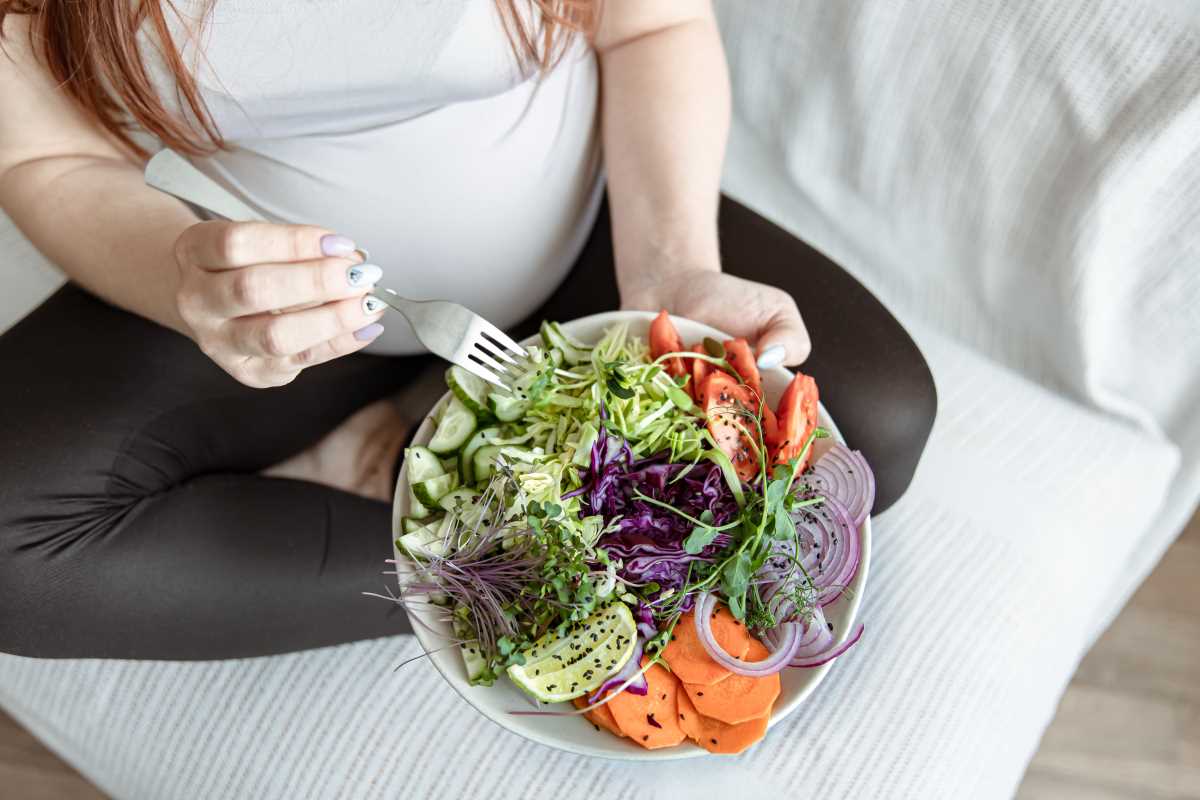 (Image via
(Image via